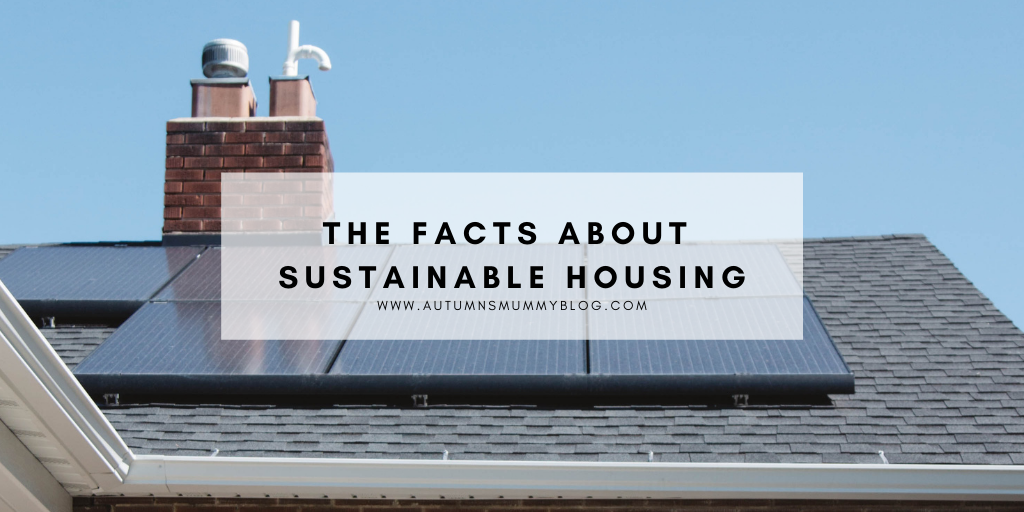Collaborative Post¦ When building a home these days, more consideration is given to the environment. This applies when building a house in mn or anywhere else in the world now. If you want to ensure that you are doing all you can to protect the planet when building a home, it is best to use professional builders who know what impact the materials and processes they are using will have on the environment. This article will explore what sustainable housing means and how it can be achieved.
What is Sustainable Housing?
Sustainable housing means that a house is built with less waste being produced and more recycling adopted. This is considered good practice for those companies that use this approach to house building. Then, once the house is built there will be less impact on the environment from that house and less maintenance of the property required. This type of house will provide greater satisfaction from every point of view.
Building Processes
Construction or building methods used with sustainable housing will include electrochromic glass, green roofs, greywater plumbing systems, a grid hybrid system, IoT integrated automated building systems, passive solar, self-healing concrete, solar thermal cladding, structural 3D printing, and synthetic roof underlayment.
Green roofs will mean having grass and flowers growing on top of the roofing material. Rainwater will be absorbed into the soil and so can be managed more easily than with a conventional roof. This type of roof will also lower heating and cooling costs and improve air quality.
Greywater plumbing systems will reduce a home’s need for water that is fresh. This is useful for irrigation and the supplying of toilets with water.
Passive solar is about designing houses so that solar energy use is maximized during the winter period and its impact is reduced during the warmer months.
Materials Used
When building a house, materials can be used that are recycled. Steel building homes are a practical and modern solution. Steel can be recycled by using steel that is already in existence when constructing a home.
Precast concrete can be used in house construction rather than it having to be manufactured. The manufacturing process invariably pollutes the atmosphere and results in the depletion of non-renewable energies.
Sheep’s wool, straw bales, and plant-based polyurethane rigid foam can be used for insulation.
Recycled wood, or reclaimed wood as it is also called, will be more environmentally friendly than the harvesting of new timber. Any trees replanted to compensate for those knocked down for building purposes will take a while to grow. It is the waste product that the trees produce which provides us with the oxygen that we breathe. We cannot have enough trees to keep up our air quality.
Using reclaimed wood can also provide a nice period or antique look. So much so, you will not want to paint the wood if inside your home but leave it natural to appreciate its grain or patina.
Features in Sustainable Homes
Incandescent lighting can be replaced with LED lighting that is much more energy-efficient. This will reduce energy bills and help the environment by not depleting non-renewable energy sources where these are used. However, solar panels can be fitted to produce electricity to use a renewable energy source. Excess electricity generated can also then be sold back to the grid.
Smart meters and water meters are a good way to know how much electricity or water you are using and so provide you the opportunity to look at ways to reduce your usage to have less of an impact on your bills and the environment.
So, hopefully, this article has given you a greater understanding of sustainable homes. They are the future, which is why more and more building companies are offering this type of housing. Whether this is locally or further afield.
Disclosure: This is a collaborative post.
